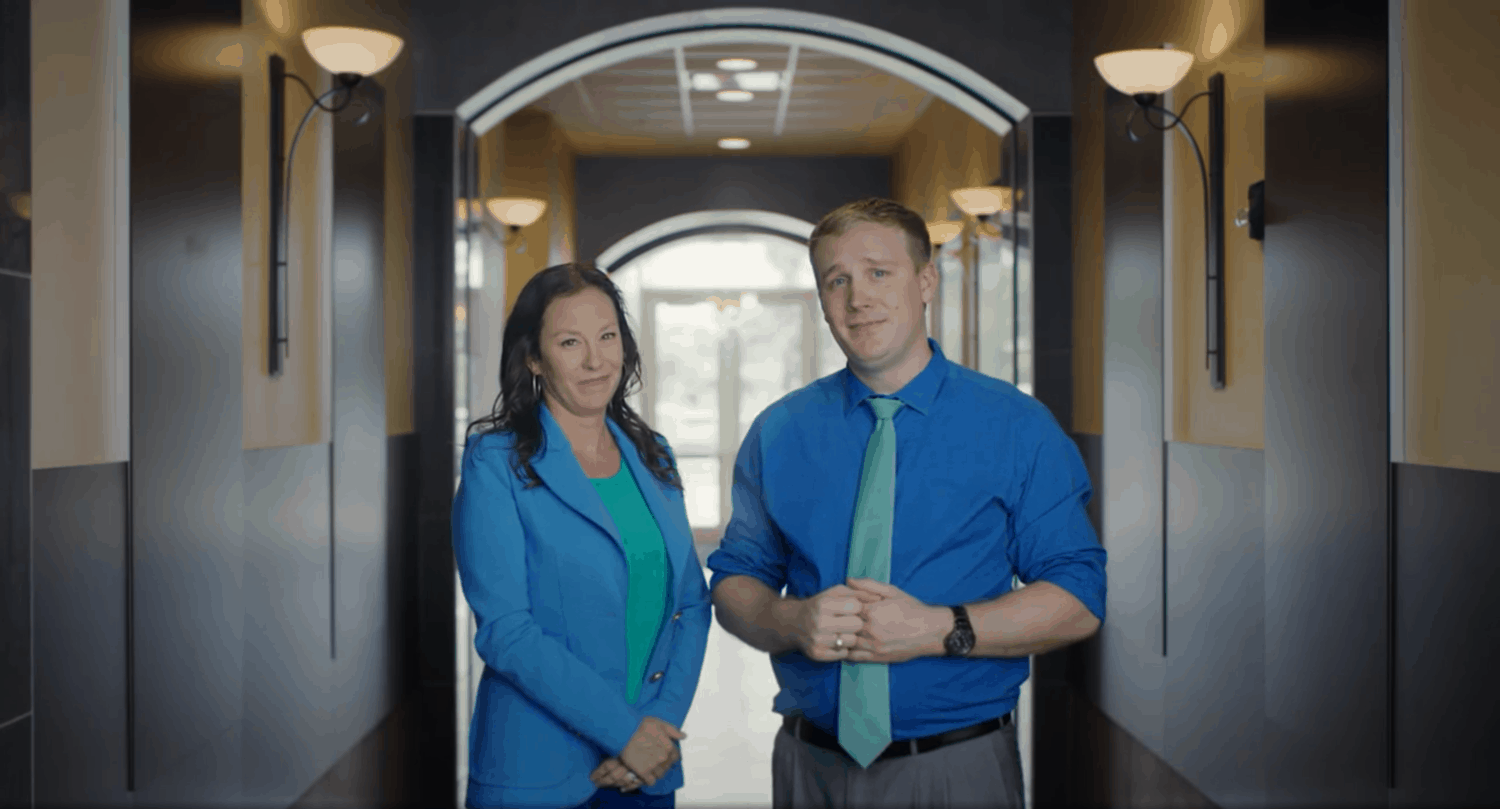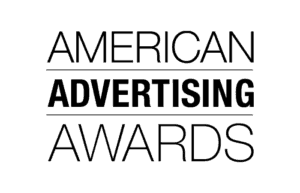Ahh, Valentine’s day. A celebration of romantic love and gourmet chocolates and greeting cards.
Whether you celebrate Valentine’s Day or not, you likely engage with the high-level emotions that drive its prevalence.
The desire for connection, memorability, and action.
Humans are emotional creatures. And, though we like to think otherwise, our emotions drive much of our decision-making processes, whether it’s about who to date or what to buy.
How Emotion Works in Video
Emotion is a powerful way to increase the value of a video. Science tells us that watching a video is the closest thing to an actual experience.
In fact, the simulation is so real, it evokes the same reaction in your brain that it would in real life.
When you see images that elicit an emotional response, your brain releases oxytocin. And, that release triggers feelings of empathy, connection, and even trust (Zak et. 2007).
Because of something called mirror neurons, your brain is actually mimicking the feelings that you see in a video. It’s why people say that yawning is contagious.
Pretty cool, right? So, what does this mean for you?
(Check out “People People” to see a great example of using humor to create emotion!)

Emotional Video Creates A Memorable Experience & Trust
When you watch a video and you experience a strong sense of amazement, nostalgia, disgust or humor, you are more inclined to connect with that experience and remember it.
More importantly, you are also more inclined to act.
When your brain releases oxytocin, you experience a sense of empathy and connection, as previously discussed.
And, the deeper the connection you feel with a person or with a product, the more likely you are to remember them.
In fact, 24% of consumers consider video to be the most trustworthy source of branded content.
“An emotional video creates a reaction and makes your audience more likely to share, remember and act” (Key West Video, 2018).
So, you can wield video to make emotional connections that encourage particular goals, like trusting your brand, buying your services, or sharing your message.
(Check out “Gala Goes Global” to see a great example of using anticipation and excitement to create emotion!)

Emotional Videos Inspire Action
But, you don’t just want a viewer to like your brand, you want them to buy your product or services. So, how does it work?
With video, brands have the opportunity to demonstrate a desired response to viewers.
“All purchases are personal” (Vidyard, 2018).
Research shows that people feel first and think second. It’s instinctual, and it’s how humans have always made decisions. Though we might not think that our brains are working like this, our emotions are always affecting us. We are always feeling and reacting to the messages around us.
Everything is asking for a response, and the stronger that ask, the greater the behavioral response from us.
This is why content that causes a greater emotional response yields greater engagement than its counterpart. In fact, it’s twice as likely to be shared.
So, creating an emotional connection is vital to increasing your conversion rates.
What better way to build trust between a business and consumers than by focusing on emotional engagement?
If you can tap into the emotions of a consumer with video, you can prove that you understand them and leverage your products and services in the process.
(Check out “It’s Not Gonna Get Any Better Than This” to see a great example of using nostalgia to create emotion!)










